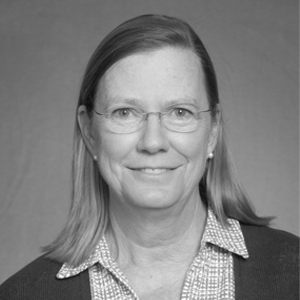What Is an SQF Gap Assessment?
An SQF Gap Assessment is an optional but highly recommended step in the SQF certification process. It serves as a diagnostic tool that evaluates your facility’s current food safety and quality systems against the requirements of the applicable SQF Code—before your official certification audit.
Think of it as a trial run: it doesn’t affect your certification status, but it gives you valuable insights into whether your documentation, implementation, and team readiness align with SQF expectations.
Why Conduct a Gap Assessment?
Facilities that invest in a gap assessment benefit in several key ways:
- Identify deficiencies early: A gap assessment highlights areas that do not fully comply with SQF Code requirements, whether they are documentation gaps, missing monitoring procedures, or weak verification processes.
- Prevent costly delays: Addressing issues ahead of the official audit helps avoid major or critical non-conformities that can trigger re-audits or delay certification.
- Improve audit readiness: The gap assessment helps staff understand what to expect and how to demonstrate implementation, preparing them for auditor interviews and on-floor observations.
- Validate implementation vs. documentation: Many facilities have well-documented systems, but they fall short in real-world execution. A gap assessment compares what’s written in policies against what’s actually practiced daily.
- Streamline corrective action planning: By identifying problem areas in advance, facilities can prioritize and schedule improvements before an auditor flags them.
Pro Tip: A gap assessment provides value beyond first-time certification. Facilities going through recertification, expanding operations, or implementing updates under a new version of the SQF Code will benefit just as much.
What Does the Gap Assessment Include?
A properly structured SQF gap assessment typically covers:
- Policy and Procedure Review: Are all required elements of the SQF Code documented? Are policies current, signed, dated, and communicated to relevant staff? Are they accessible and controlled through a document control system?
- HACCP and Food Safety Plan Evaluation: Does your plan include a current hazard analysis, properly identified CCPs, validated critical limits, and monitoring/verification procedures that are clearly defined and in use?
- Prerequisite Program Review (PRPs): This includes sanitation, pest control, maintenance, staff hygiene, allergen management, supplier approval, and other foundational programs that support the HACCP system.
- Record Sampling and Validation: Are records completed accurately and consistently? Are monitoring logs filled in and verified? Do training records match employee roles and responsibilities?
- Facility Walkthrough: Observing floor-level execution reveals implementation gaps. Are cleaning schedules followed? Are CCPs monitored correctly? Are employees following procedures as documented?
- Staff Interviews: A key element of SQF audits is employee understanding. Gap assessments evaluate whether team members can explain their role in the food safety system, recognize CCPs, and understand basic food safety practices.
- Preliminary Findings Report: Following the assessment, the reviewer provides a detailed breakdown of non-conformities, observations, and suggestions, typically scored by severity and mapped to specific SQF Code elements.
When to Schedule the Gap Assessment
Timing can influence the success of your corrective action planning. Ideally, facilities should schedule the gap assessment:
- After system implementation and at least 30–60 days of record generation
- 60–90 days prior to your scheduled certification audit to allow time for corrections
- Following major operational changes, supplier shifts, or new product introductions
- When transitioning to a new version of the SQF Code or expanding certification scope
Gap assessments should never be rushed—allocate time to respond meaningfully to the findings.
How Registrar Corp Helps Maximize Value
Registrar Corp offers third-party SQF gap assessments led by experienced food safety professionals who understand both regulatory compliance and certification expectations. Our services include:
- On-site or virtual evaluations tailored to your sector category
- Structured assessment tools aligned with the latest SQF Code version
- Risk-based recommendations, prioritized by criticality
- Coaching for food safety team members and department leads
- Follow-up support to assist with corrective action documentation and internal training
Gap assessments are also an ideal time to assess how your SQF program aligns with FDA FSMA, GMPs, and other regulatory frameworks. Our team ensures you’re not just audit-ready—but prepared to thrive under increased regulatory scrutiny.
Final Takeaway: Confidence Before Commitment
An SQF Gap Assessment is not just a box to check—it’s a strategic investment in your certification success. It transforms uncertainty into preparedness and allows your team to face the official audit with clarity and confidence.
Facilities that undergo a thorough gap assessment are significantly more likely to:
- Earn certification on their first attempt
- Reduce the number and severity of non-conformities
- Avoid re-audit fees and project delays
- Build a culture of accountability and awareness
When paired with professional support and structured follow-through, a gap assessment lays the foundation for a strong SQF system—and a confident, compliant team.








